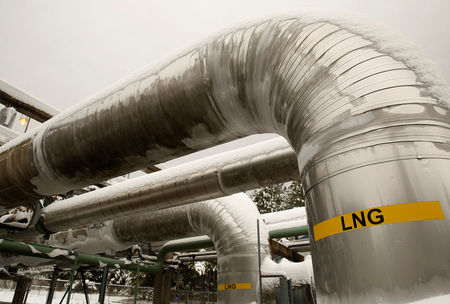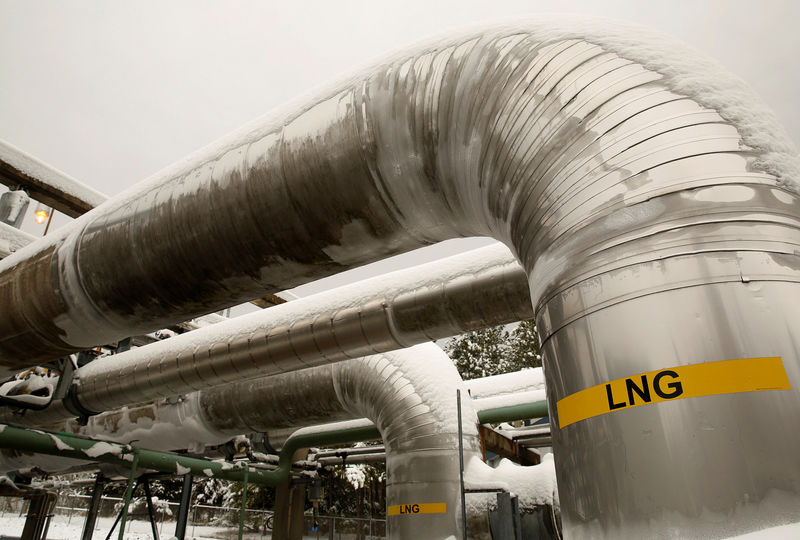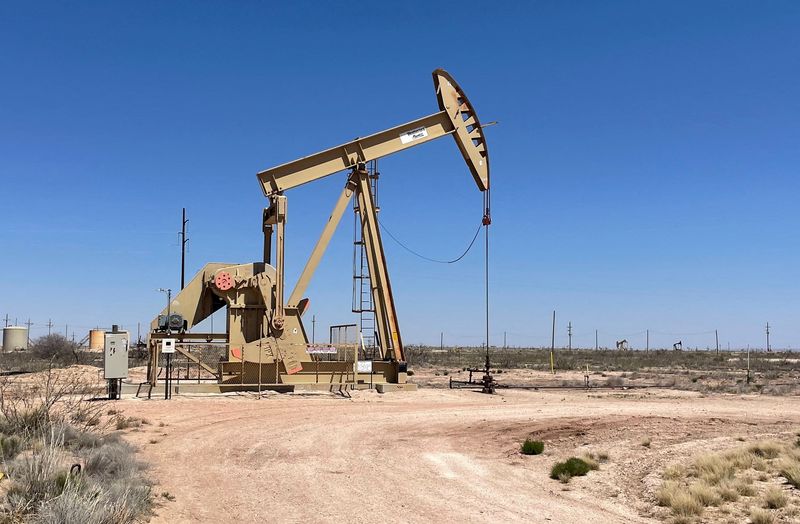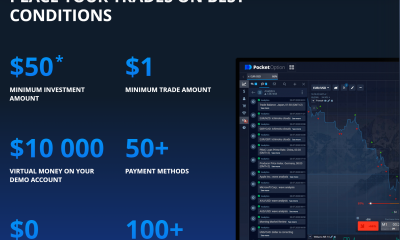Commodities
Natural gas dips on last day of Sept with big gains on week, month and qtr


© Reuters.
Investing.com – finished the last trading day of September down while posting weekly, monthly and even quarterly gains as the price of America’s favorite fuel for indoor heating and cooling neared the key psychological bullish $3 mark.
The most-active November gas contract on the New York Mercantile Exchange’s Henry Hub settled at $2.929 per mmBtu, or million metric British thermal units — down 1.6 cents, or 0.5% on the day.
For the week though, November gas rose 11%. For the month, it was up 5.8% while for the third quarter, it gained 4.7%.
“Window dressing by commodity funds and other entities with mandated monthly or quarterly reports and/or rebalance schedules may have played a role in the earlier selloff, as today is the final traded session with any meaningful liquidity prior to the beginning of Q4,” analysts at Gelber & Associates, a Houston-based energy trading advisory, said in a note to their clients.
“Also significant is [the] price’s proximity to the $3.00 level of resistance,” Gelber’s analysts said. “Prices reaching such significant levels can drive those with much longer-term price sensitivities to hedge, such as producers.”
This month’s breakout to near $3 pricing marks the third attempt by gas bulls to get the market to that pivotal point since its fall from a high of $4.40 in January. For most of the year, the most-active gas contract on the Henry Hub has been stuck at mid-$2 levels, hampered by benign weather that neither needed too much cooling or heating.
Record daily production, often crossing 100 billion cubic feet, or bcf, per day has been another problem.
A huge stockpile overhang had also depressed the market. As of the end of last week, U.S. gas in storage stood at 3.359 trillion cubic feet, up 13.4 from a year ago and 6% higher than the five-year average.
With fall season now having begun in the United States, forecasts of cooler weather in the coming weeks could lead to higher heating demand and change in the dynamics of gas storage and pricing, analysts say.
Commodities
Oil prices rise; U.S. crude inventories plunge, Russia-Ukraine truce eyed
Commodities
India’s Reliance to stop buying Venezuelan oil over US tariffs, sources say
Commodities
Oil prices climb on Venezuela supply worries

 Forex3 years ago
Forex3 years agoForex Today: the dollar is gaining strength amid gloomy sentiment at the start of the Fed’s week

 Forex3 years ago
Forex3 years agoUnbiased review of Pocket Option broker

 Forex3 years ago
Forex3 years agoDollar to pound sterling exchange rate today: Pound plummeted to its lowest since 1985

 Forex3 years ago
Forex3 years agoHow is the Australian dollar doing today?

 Cryptocurrency3 years ago
Cryptocurrency3 years agoWhat happened in the crypto market – current events today

 World3 years ago
World3 years agoWhy are modern video games an art form?

 Commodities3 years ago
Commodities3 years agoCopper continues to fall in price on expectations of lower demand in China

 Economy3 years ago
Economy3 years agoCrude oil tankers double in price due to EU anti-Russian sanctions





























